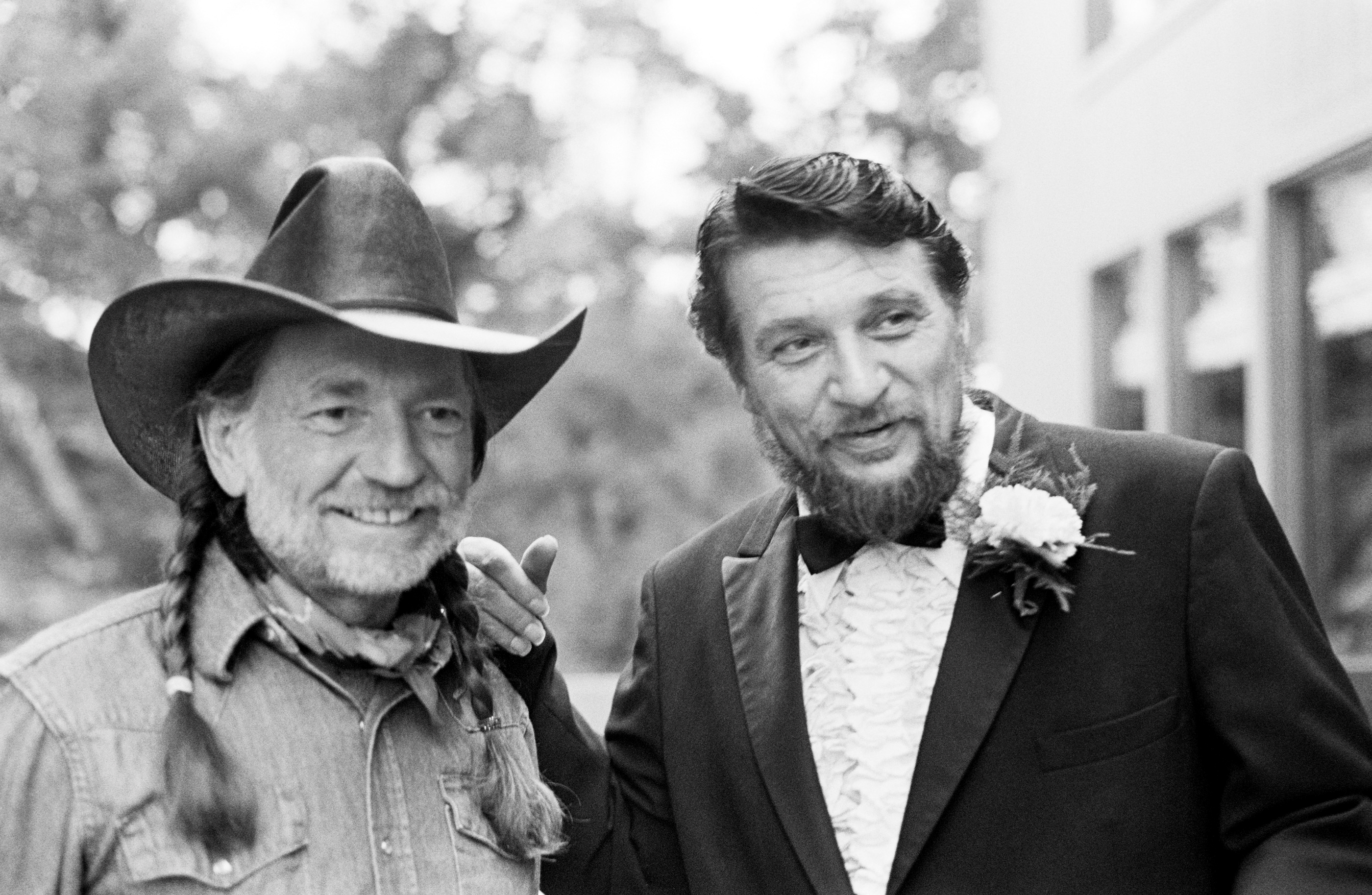In May 2014, the Frist Art Museum in Nashville opened an exhibition of portrait photography by musician Marty Stuart. A+A previewed it in March of that year, with Stuart’s photos of Native Americans, along with country music legends Waylon Jennings, Willie Nelson and Johnny Cash. Stuart’s talents are wildly multifaceted – last year I saw him play with The Byrds’ Roger McGuinn and Chris Hillman in a Durham reprise of “Sweetheart of the Rodeo,” where he ripped into the solo for “Eight Miles High” without skipping a beat. His photographic eye is equally adept at distilling the essence of his subjects:
Most people know Marty Stuart as a country music singer, musician and songwriter.
But he’s a gifted photographer as well.
An exhibition of his work will prove that at the Frist Art Museum when it opens in Nashville on May 9, 2014. On display will be 64 of his photographs, taken behind the scenes in country music halls and in the homes of stars. Included, too, are intimate portraits of the Lakota tribe of Native Americans, who cared about Stuart enough to make him an honorary member.
Also in the exhibition are four images taken by his mother, who inspired Stuart to take up a camera.
“He was not formally trained as photographer, but his mother was a skilled amateur photographer,” says curator Katie Delmez. “His great uncle was a professional photographer, and through him, his mother learned. Stuart watched her document everyday life in Philadelphia, Mississippi.
Among the images are informal portraits of Johnny Cash, George Jones, Lester Flatt, Earl Scruggs, Emmylou Harris, Willie Nelson, and Waylon Jennings. Most are relaxed and out of the spotlight.
He found his inspiration in photos by the dean of American jazz bassists. “When he was in New York City, traveling with Lester Flatt, he discovered the photos of Milt Hinton,” she says. “He’d do photographs of backstage life with jazz musicians, and Stuart realized he could do same with country musicians, behind the scenes.”
He seems determined to show that he can tell a story with a camera as well as he can with a guitar, a mandolin or the lyrics to a song. And he succeeds at it where formal photographers can’t.
“These are more intimate glimpses backstage, in the recording studio or even in their homes,” she says. “They’re portraits, but not staged or posed. They capture the essence of the person, and not just the physical likeness.”
The exhibition runs through Nov. 2.
[slideshow id=1154]

